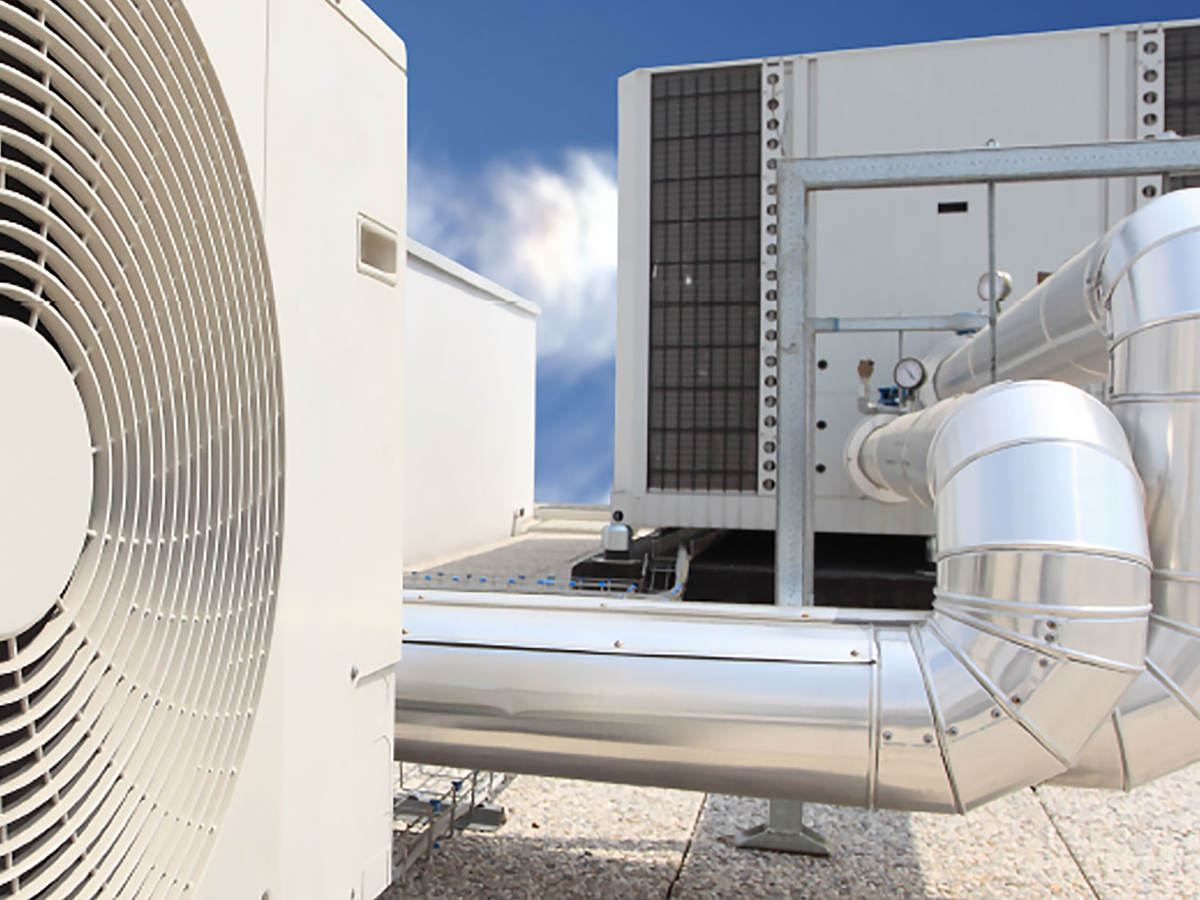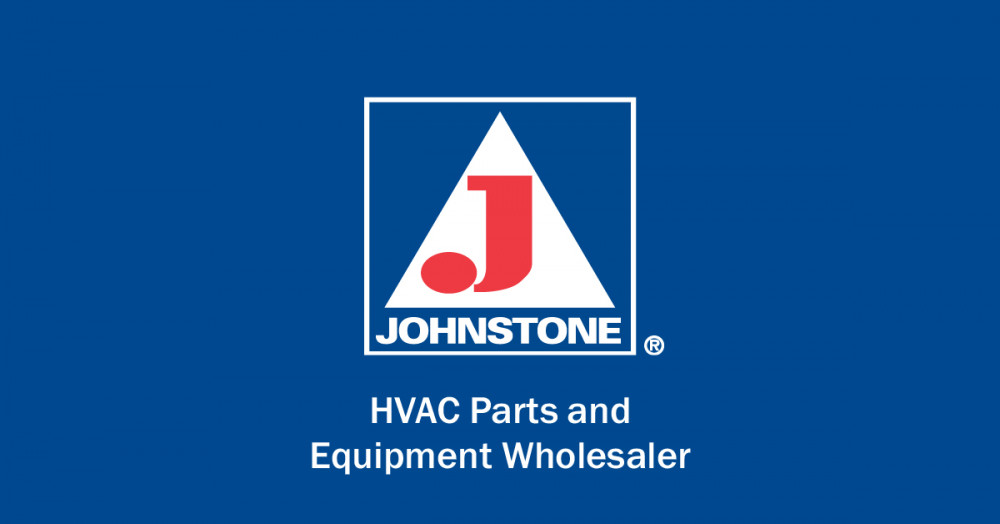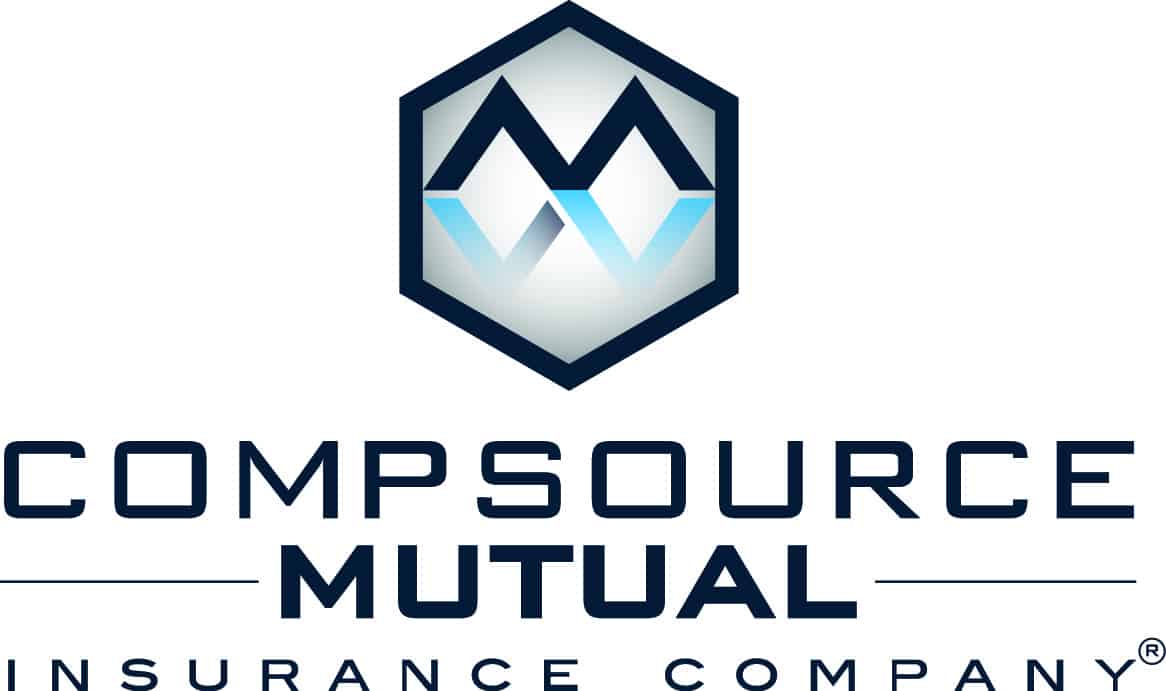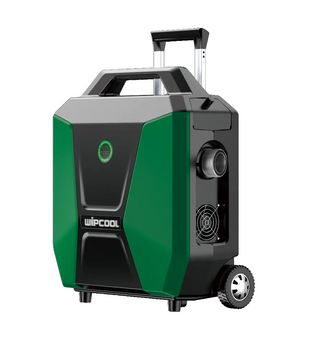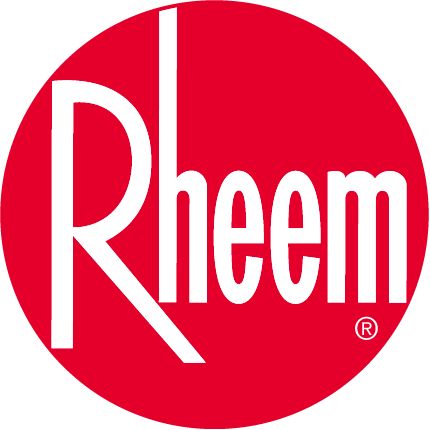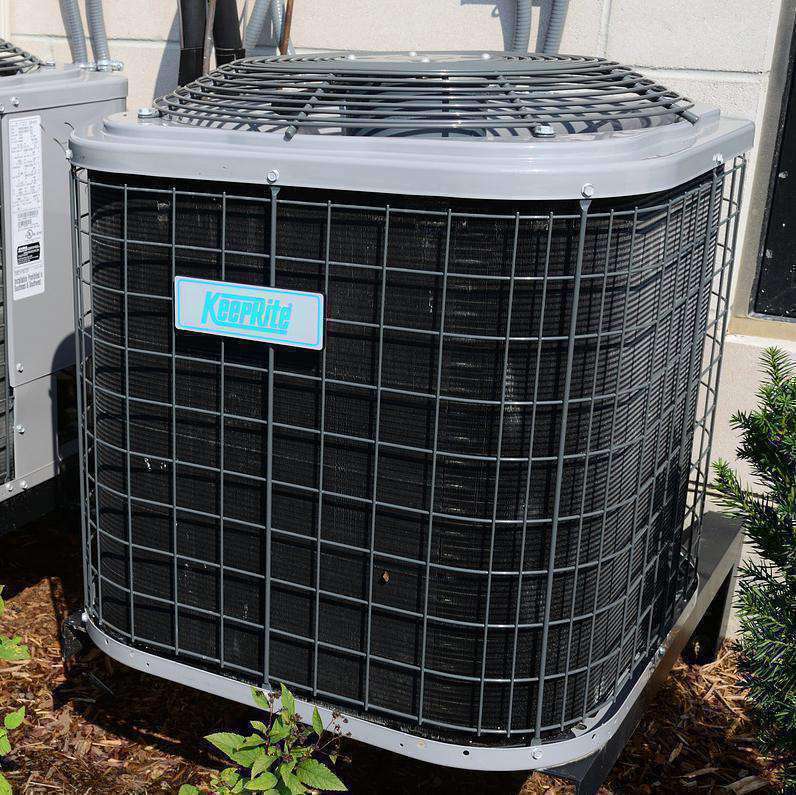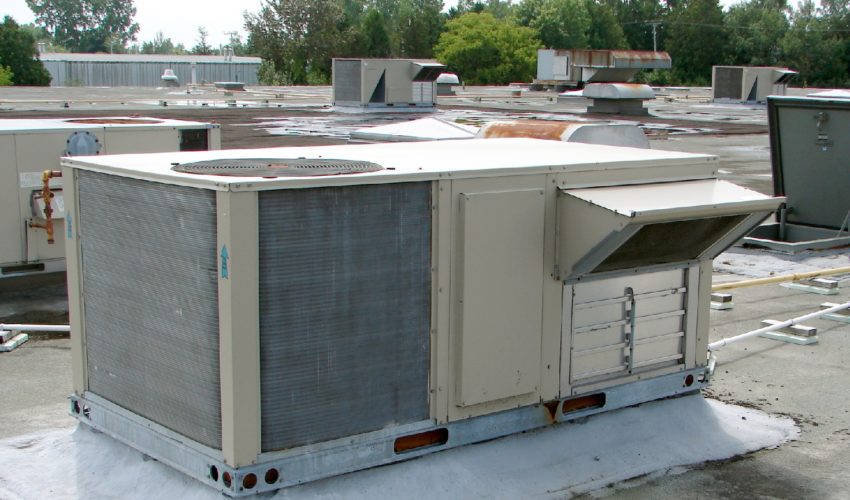Due to environmental concerns, the selection of refrigerants for heating, ventilation, air conditioning and refrigeration systems has become more complicated.
Before 1990, most refrigerants were considered non-flammable, and in the late 1980s early 1990s concerns about the layer and the environment caused the industry to begin transitioning away from traditional refrigerants and toward GWP alternatives.
Through the work of this Joint Task Group, it has become apparent that the risks associated with GWP refrigerants require focused and mitigation schemes to ensure their safe use.
ASHRAE 34, Designation and Safety Classification of Refrigerants, describes shorthand way of naming refrigerants and assigns safety classifications to refrigerants based on toxicity and flammability data. ..
The current approach to limiting the hazard associated with 2L, 2 and 3 refrigerants in codes and standards is based on two main principles limit the refrigerant charge, or detect and then ventilate the space when leak has been detected..
ASHRAE addenda d and h, including revisions for GWP refrigerants for both direct and indirect systems, were published November 2018.
The third edition of UL 60335-2-40, proposes to increase the charge limits for A2L refrigerants.
UL 60335-2-40 will have mitigation methods for preventing leaks and ignition of the in the event of leak. .
By minimizing the number of joints and protection from physical damage, Enhanced requirements are applied to the refrigerant tubing, joints and fittings on equipment having flammable refrigerant, to reduce potential sources of leaks. .
The charge limit of flammable refrigerant depends on LFL for the refrigerant and the area of the in.
Read more
Related items:
